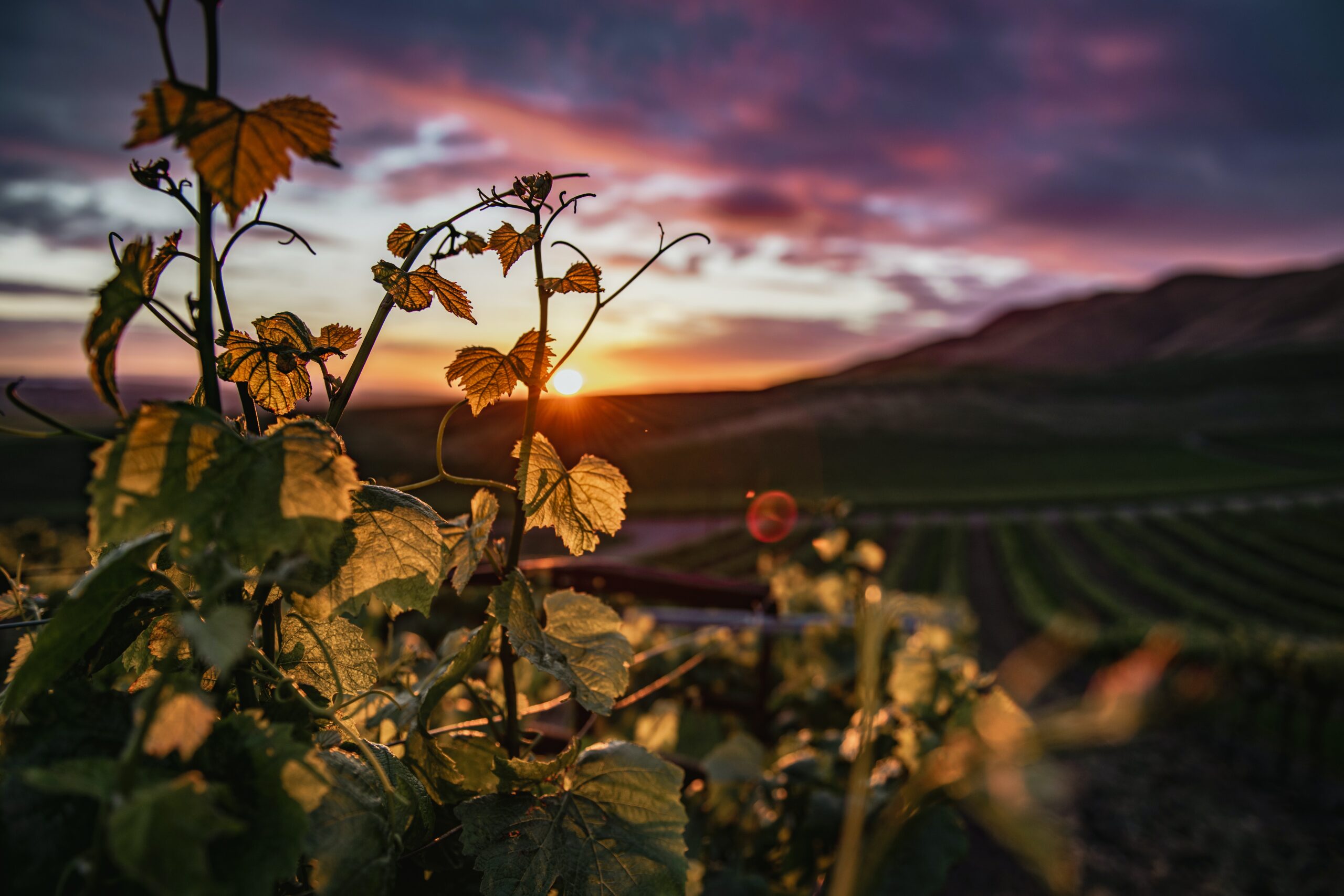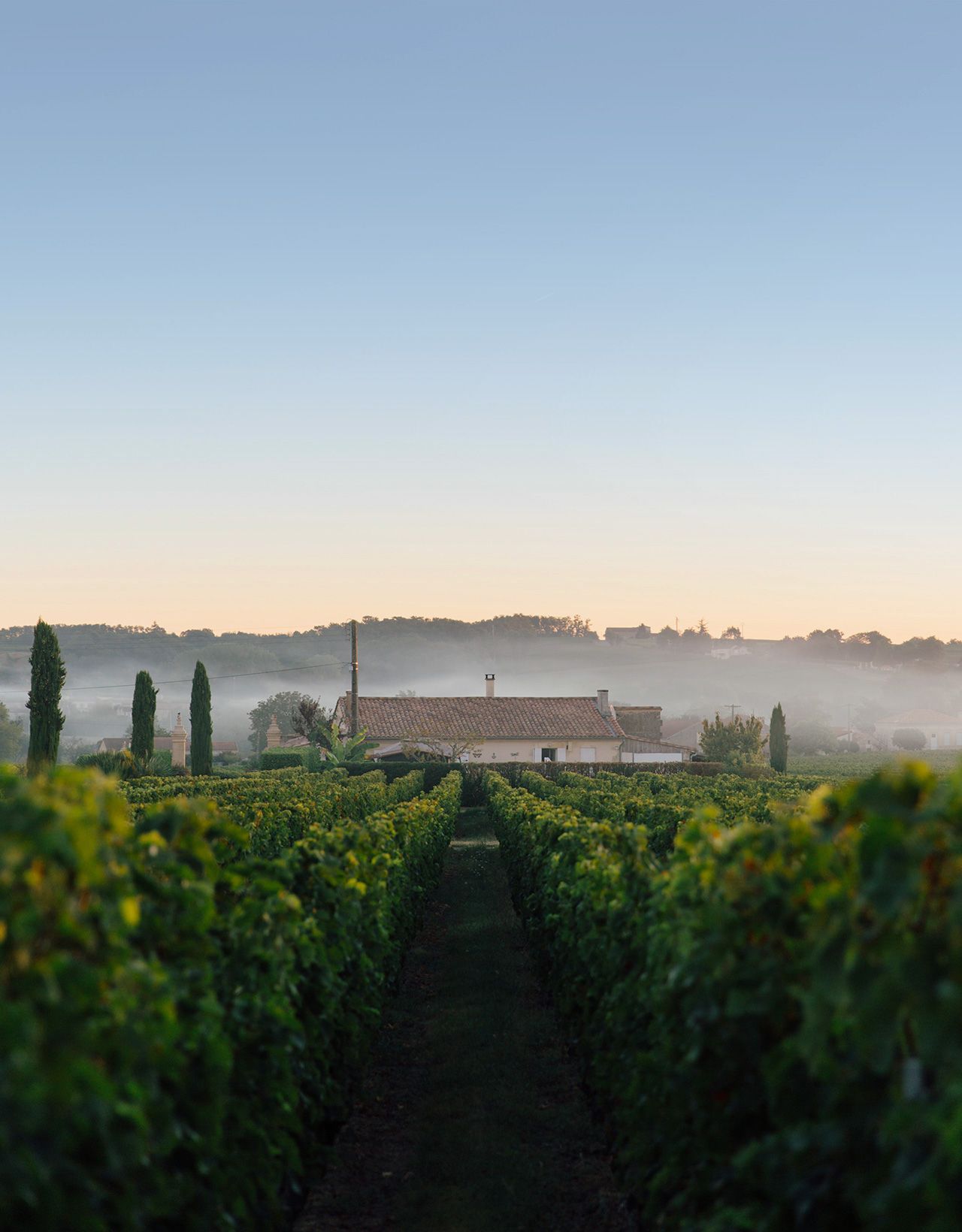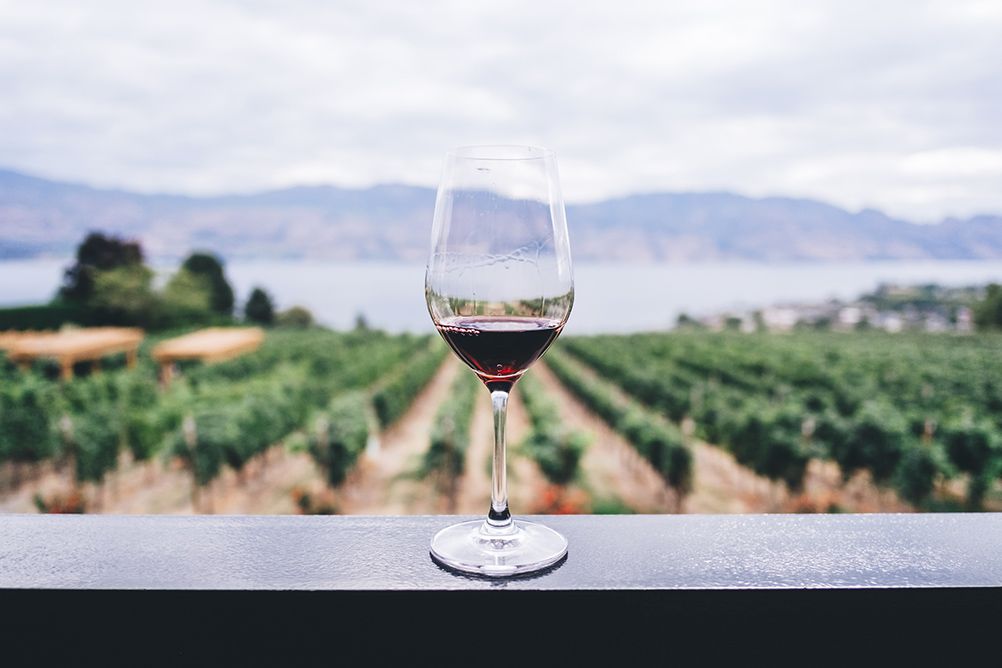Syrah
SYRAH
The origin of the Syrah grape variety
To begin with a touch of mystery, it would be nice to be able to tell one of the legends that circulated until about twenty years ago about the origin of Syrah.
One could narrate that it came from faraway Shiraz, a Persian city now located in Iran. Or that its name comes from Syracuse, where it allegedly landed from Egypt thanks to the Romans. Or again, transported by the Phocians to their colony Massalia (Marseille) and then who knows how transferred to the Rhone Valley.
It’s too bad that, in the last year of the last century, science has come to disprove all these theories and give a perhaps less exotic explanation: in 1999, DNA analyses conducted by the University of California Davis and the National Institute of Agronomy in Montpellier showed that it is a cross between Dureza-an ancient vine from Ardèche related to Pinot Noir-and Mondeuse Blanche-a vine from Savoy related to Viognier.
And the meeting between the two would most likely have taken place along the banks of the Rhône River, there where Syrah is still one of the most cultivated vines and where it yields some of its best products.
Spread
Syrah is an international grape variety, today the sixth most cultivated in the world with 190,000 hectares under vine. The largest grower is France with 64,000 hectares, followed by Australia – a country where it was imported in 1832-with 40,000 hectares. In total there are thirty-one countries where this grape variety can be found, including South Africa, Chile, New Zealand, California, Italy and even the Canton of Valais. In Italy it is mainly grown in Sicily, where the climate ensures optimal phenolic ripening, and in Tuscany, especially in the Cortona area, where the clay- and marl-rich soil and the thermal influence of Lake Trasimeno create ideal growing conditions.
Syrah or Shiraz?
Syrah and Shiraz are two names for the same grape variety. Trivializing, one can say that Syrah is the French name while Shiraz is the name that has been used in Australia since the late 1980s, after the previous name Hermitage was abolished due to its homonymy with the French AOC.
Delving deeper into the matter, it seems that the two names have become representative of the different winemaking styles of the two countries: in France, in the Rhone Valley, the cool climate makes for lighter, finer wines while in Australia the warmer climate gives softer, full-bodied wines. Following this distinction, some producers in other countries have chosen one name over the other to indicate their style. However, a fixed rule does not exist.
Agronomic notes
Although Syrah is among the most widely grown in the world, it is a fairly delicate vine, sensitive to water stress and ferric chlorosis. It needs many hours of sunlight and tends to have average ripeness. Optimal growing conditions include fine, well-drained soils that are protected from wind and have good exposure but are guaranteed to avoid excessive heat. The best soils for Syrah are schistose and granitic soils, where its tendency to overproduce (and consequent deterioration in quality) is reduced, but it also grows well on clay-siliceous soils.
Ampelographic characteristics
The Syrah vine has dull green, medium to large, pentagonal and pentalobed or trilobed leaves. Clusters are medium, cylindrical, compact or spreading, sometimes winged.
The intensely bluish-black berries are medium to small, ovoid, with a pruinose, loosely textured skin. A distinguishing feature are the long branches that are often tied or cut short to prevent wind damage to the plant.
Syrah – Wines
It is not easy to indicate universal characteristics for all wines made from Syrah because, as always, climate, soils and viticultural techniques influence the evolution of its grapes, generating very different results.
Generally, the aromas are floral (violet), fruity (black and red fruits: blueberry, raspberry, blackberry), and spicy (black pepper, anise, licorice). With aging these aromas can give way to more complex ones (coffee, chocolate, tobacco, goudron and caramel).
Red wines made from Syrah are recognizable by their deep, intense color with pronounced violet hues in youth, evolving to garnet with aging. Usually robust, full-bodied and endowed with an important taste-olfactory persistence, they have little acidity and a good tannic structure that makes them suitable for aging (especially in cooler areas).
Syrah is quite versatile and lends itself to vinification on its own but also in blends with other grape varieties and can also be used for the production of rosé wines, pleasantly fruity and with good finesse.

Pairings
The marked differences in wines made with Syrah, opens the door to countless pairings and it is always a good idea to make an assessment of the individual wine before deciding on a menu. In general, it goes well with red meats, game and grilled meats. Its smoothness also makes it suitable for aged cheeses and, thanks to its structure and aromaticity, it can stand up to strong, spicy flavors.
P.S. If throughout this article you have been wondering whether it is called “la Syrah” or “the Syrah“, suffice it to know that in French it is a feminine name. The explanation of why is a mystery …





